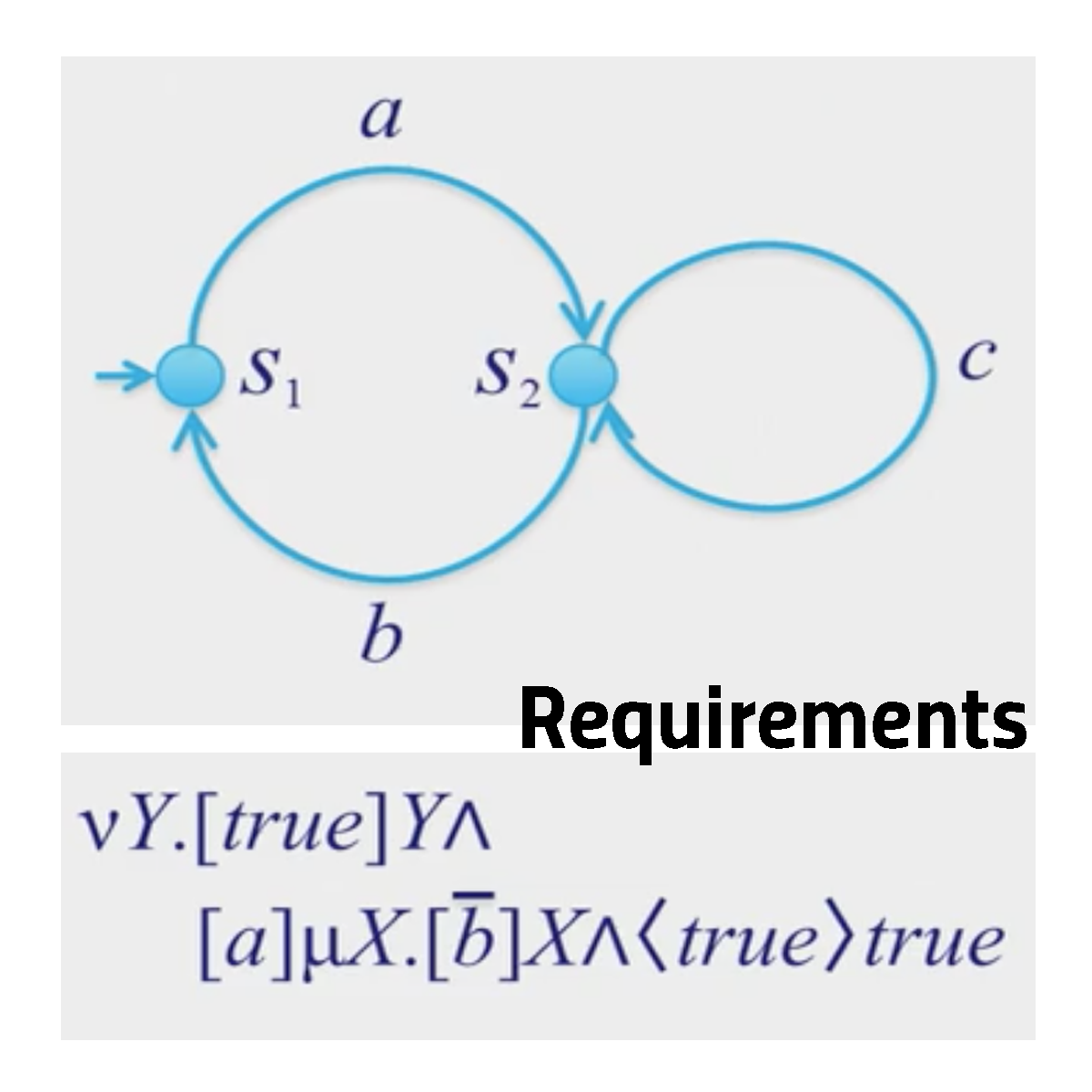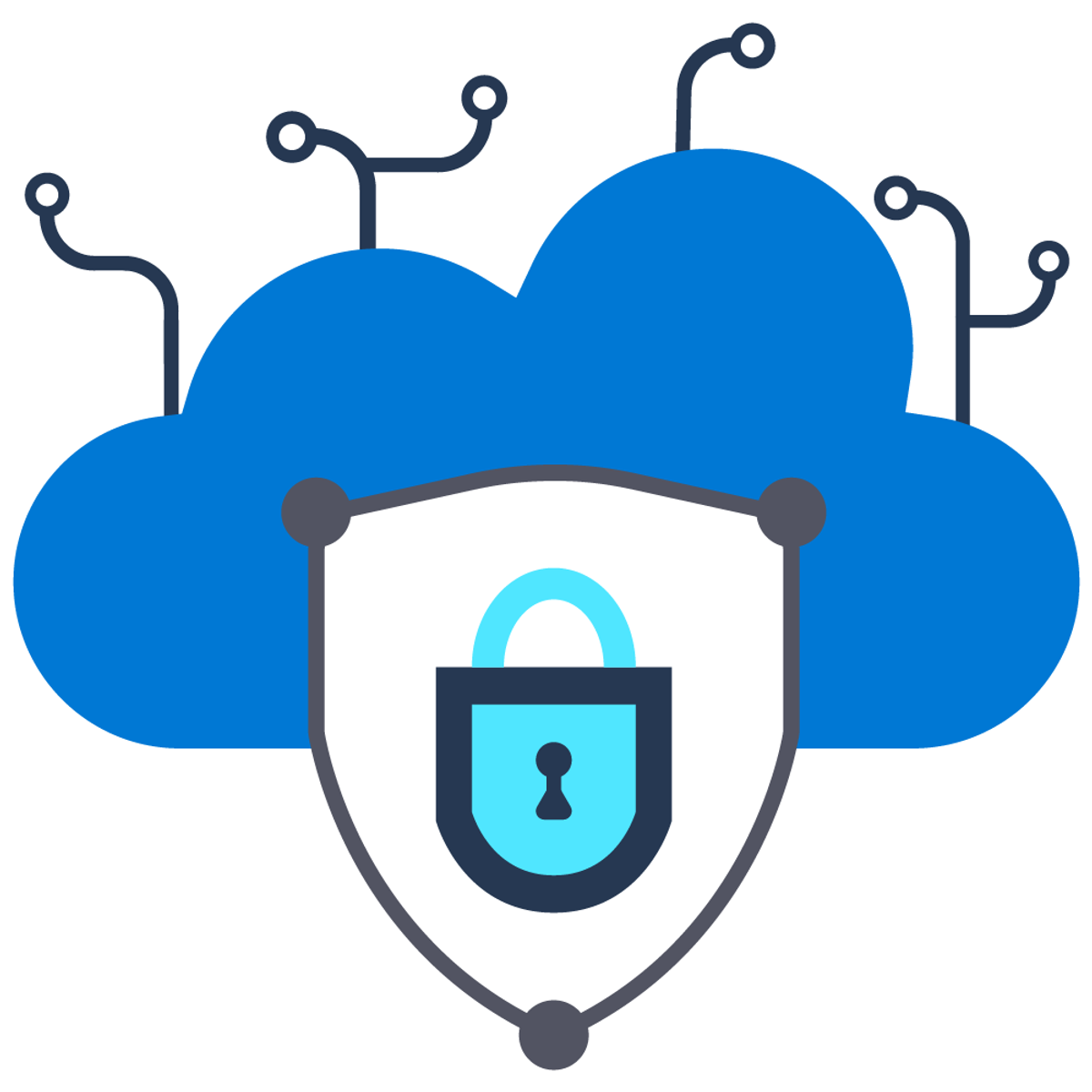Back to Courses









Software Development Courses - Page 39
Showing results 381-390 of 1266

COBOL Programming with VSCode
Professor Tak Auyeung of American River College, said it beautifully, “A programming language is not a fashion statement” it is used for a purpose. Whether it is to add new features, modify logic, create APIs to integrate it into other applications, or implement modern development practices, businesses around the world need application developers who know COBOL.
This introductory COBOL course helps a novice learn the Structure of COBOL programs, Data types & Variable Handling, Intrinsic Functions, Branching logic and more. The goal of the course is to enable the participant to be able to write basic COBOL programs. This is a fantastic compliment to the IBM z/OS Practitioner path for the IBM Mainframe.
Join the COBOL Fridays web series. These webinars are curated for first-time programmers, lifelong learners, and anyone who's interested in learning COBOL. http://ibm.biz/cfcoursera
On successful completion of this course, learners are eligible to earn their COBOL Programming with VSCode badge.

Create an FPS Weapon in Unity (Part 3 -Damage Effects)
In this one-hour, project-based course, you'll learn how to create and configure properties for a weapon. This project covers managing the health of destructible objects, setting up the weapon's damage, firing rate and force, and adding effects to the destroyed objects.
The guided project will introduce you to the following Unity concepts:
- Prefabs
- Particle Effects
- Physics
- Game mechanics such as weapon cool-down and applying force
- Coding techniques such as Interfaces
This is Part 3 of a four-part series on creating a weapon for your FPS game. In Part 1, we covered equipping your FPS player with a gun. In Part 2, we learned how to create visual effects when your player fires the gun. Lastly, in Part 4, we will walk you through the steps for adding ammunition, reloading the weapon and creating magazines and other weapons.
This is a stand-alone guided project, but because this is a continuation of previous parts in the "FPS Weapon" series, it is recommended that you complete the first parts before commencing this guided project.
This series also makes use of the western-themed Unity project created in Control physics with C# in Unity and the VM-compatible FPS Player script written in Create a VM Compatible First Person Camera. These compliment this guided project and, although not prerequisites, are recommended for a more well-rounded understanding of the concepts presented herein.

State Estimation and Localization for Self-Driving Cars
Welcome to State Estimation and Localization for Self-Driving Cars, the second course in University of Toronto’s Self-Driving Cars Specialization. We recommend you take the first course in the Specialization prior to taking this course.
This course will introduce you to the different sensors and how we can use them for state estimation and localization in a self-driving car. By the end of this course, you will be able to:
- Understand the key methods for parameter and state estimation used for autonomous driving, such as the method of least-squares
- Develop a model for typical vehicle localization sensors, including GPS and IMUs
- Apply extended and unscented Kalman Filters to a vehicle state estimation problem
- Understand LIDAR scan matching and the Iterative Closest Point algorithm
- Apply these tools to fuse multiple sensor streams into a single state estimate for a self-driving car
For the final project in this course, you will implement the Error-State Extended Kalman Filter (ES-EKF) to localize a vehicle using data from the CARLA simulator.
This is an advanced course, intended for learners with a background in mechanical engineering, computer and electrical engineering, or robotics. To succeed in this course, you should have programming experience in Python 3.0, familiarity with Linear Algebra (matrices, vectors, matrix multiplication, rank, Eigenvalues and vectors and inverses), Statistics (Gaussian probability distributions), Calculus and Physics (forces, moments, inertia, Newton's Laws).

React and Typescript: Utility Types and Template Literals
By the end of this course you will be able to start working with utility types and template literals in React applications. We will start by focusing on the core utility types reinforced by code examples which start off simple to drill the concepts, and toward the end we gradually increase the complexity and variety of real world examples of higher order component logic utility.
This course is aimed at developers who are familiar with React in general and Typescript specifically, understand the basics well, and would like to have some more experience, especially using some of the more advanced and dynamic development patterns in React.

Introduction to Linear Algebra and Python
This course is the first of a series that is designed for beginners who want to learn how to apply basic data science concepts to real-world problems. You might be a student who is considering pursuing a career in data science and wanting to learn more, or you might be a business professional who wants to apply some data science principles to your work. Or, you might simply be a curious, lifelong learner intrigued by the powerful tools that data science and math provides. Regardless of your motivation, we’ll provide you with the support and information you need to get started.
In this course, we'll cover the fundamentals of linear algebra, including systems of linear equations, matrix operations, and vector equations. Whether you’ve learned some of these concepts before and are looking for a refresher or you’re brand new to the ideas we’ll cover, you’ll find the materials to support you. Let's get started!

System Validation (3): Requirements by modal formulas
System Validation is the field that studies the fundamentals of system communication and information processing. It allows automated analysis based on behavioural models of a system to see if a system works correctly. We want to guarantee that the systems does exactly what it is supposed to do. The techniques put forward in system validation allow to prove the absence of errors. It allows to design embedded system behaviour that is structurally sound and as a side effect enforces you to make the behaviour simple and insightful. This means that the systems are not only behaving correctly, but are also much easier to maintain and adapt. ’Requirements by modal formulas' is the third course that shows you how to specify requirements for the automata in order to establish the correct relation between the requirements and the behaviour of the system. Reading material. J.F. Groote and M.R. Mousavi. Modeling and analysis of communicating systems. The MIT Press, 2014.

Java Primitive Types to Calculate Expenses
In this project you will create an application that calculates a monthly expense estimation using a calculated monthly house payment and grocery bills using Java.
Java is an Object-Oriented language that contains many Classes but also contains what are called Primitive Data Types. These primitive data types are used to store numbers and characters in Java and have all the Arithmetic operations needed to perform various calculations. To get started with Java, it is important to know how to use these built in data types as they are found throughout the language. The primitive data types take up much less space than objects do and can make a program much more efficient when used properly.
Note: This course works best for learners who are based in the North America region. We’re currently working on providing the same experience in other regions.

Secure your Cloud Data
Azure was designed for security and compliance. in this course, you will learn how to leverage the built-in services to store your app data securely to ensure that only authorized services and clients have access to it. This course will help you prepare for the Microsoft Certified: Azure Developer Associate certification.
This course will help you prepare for the Microsoft Certified: Azure Developer Associate certification. In this course, you will take a practice exam that covers key skills measured in the exam. This is the fifth course in a program of 8 courses to help prepare you to take the exam.
This course is part of a Specialization intended for developers who want to demonstrate their expertise in all phases of cloud development from requirements, definition, and design; to development, deployment, and maintenance; to performance tuning and monitoring. It is ideal for anyone interested in preparing for the AZ-204: Developing Solutions for Microsoft Azure exam. By the end of this program you will be ready to take and sign-up for the Exam AZ-204: Developing Solutions for Microsoft Azure.

Juniper Networks Automation Using Ansible and the REST API
This course demonstrates how to automate the Junos OS using DevOps automation tools, protocols, and technologies. This course focuses on using Ansible, and the Junos Representational State Transfer (REST) API to automate Junos platforms.

Android App Components - Services, Local IPC, and Content Providers
This 4 week MOOC builds upon the core Android app components and concurrency frameworks covered in Course 2 by focusing on started and bound services, local inter-process communication (IPC), and content providers. Case study apps will be examined from multiple perspectives to learn how to program these app components using Android's material design paradigm. Students will work incrementally on a hands-on project involving a material design-based RSS reader app. Each week you will add additional capabilities to the project, based on material covered in the lecture videos. You'll spend roughly 4 hours per week watching video lectures, taking quizzes, and programming assignments with Java and Android.
Popular Internships and Jobs by Categories
Browse
© 2024 BoostGrad | All rights reserved


